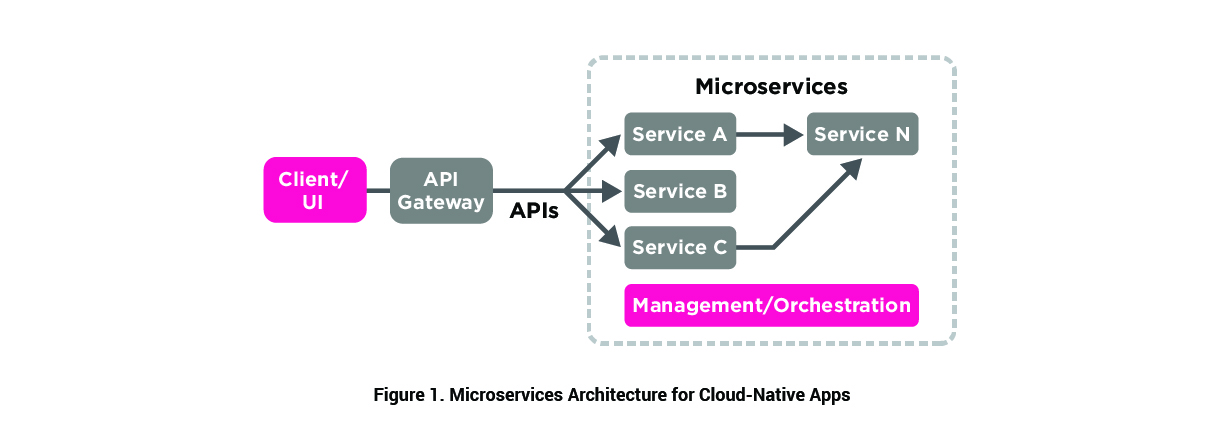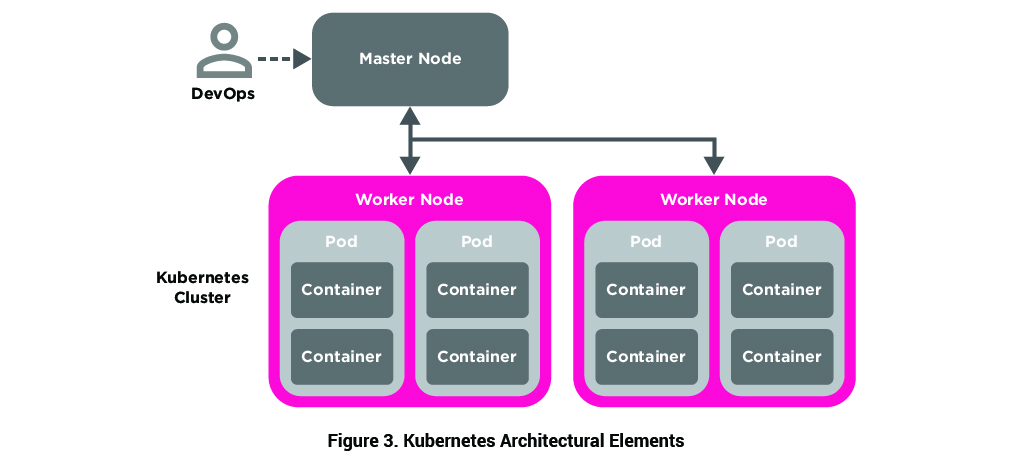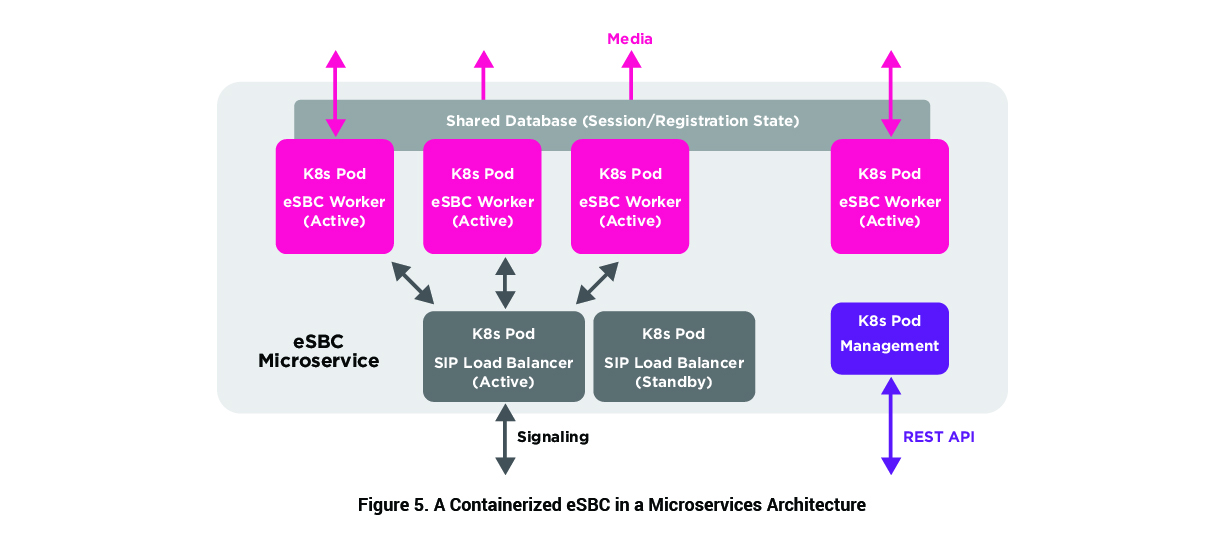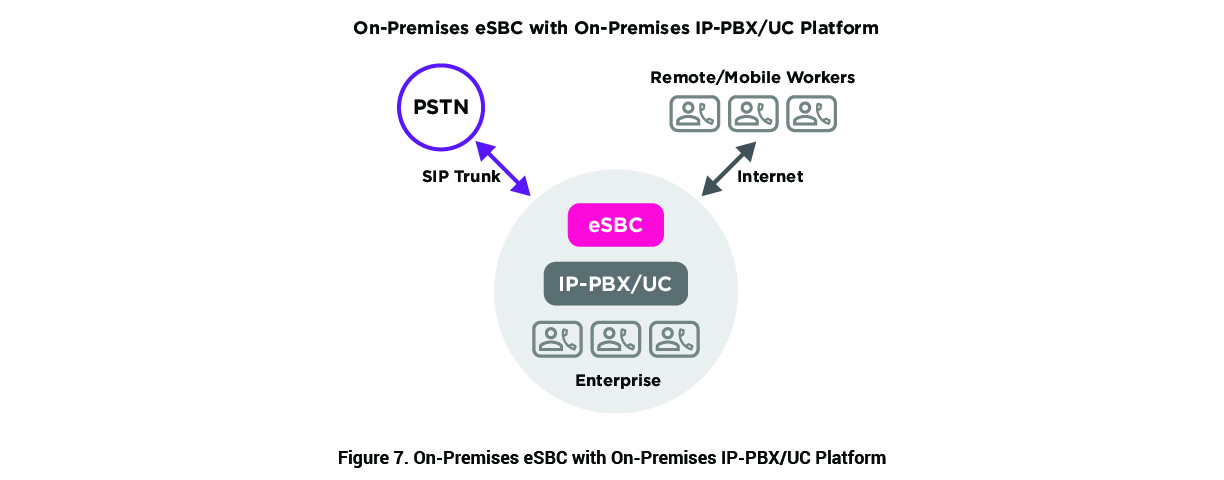Executive Overview
Enterprises are adopting cloud-based applications and services to simplify operations and accelerate business agility. Unified Communications as Service (UCaaS) and Contact Center as a Service (CCaaS) solutions help enterprises eliminate infrastructure expense and complexity, and fuel digital transformation. The cloud changes the way enterprises deliver and consume applications and reshapes enterprise communications flows. Forward-looking enterprises are rearchitecting their networks and moving communications infrastructure to the cloud to better support today's on-demand services and mobile-first users. Leading communications vendors are introducing cloud-native solutions to help enterprises streamline digital transformation initiatives, eliminate inefficiencies and improve user experiences. New cloud-native enterprise session border controllers (eSBCs) bring all the benefits of modern microservices architectures and containerized applications to the realm of real-time IP communications. Built for fast, easy and cost-effective cloud deployment, containerized eSBCs enable direct SIP trunking connectivity for Microsoft Teams, Zoom Phone, RingCentral and other popular cloud-based unified communications and contact center services, ensuring secure, reliable, high-quality communications. Better still, IT operations teams can install, scale and maintain cloud-native eSBCs using the same tools and practices they use to manage other cloud workloads. This paper provides a brief introduction to contemporary microservices architectures and DevOps methodologies, and explains how containerized eSBCs help enterprises take full advantage of cloud simplicity, agility and scalability.
Microservices Architectures Streamline Cloud Adoption
Enterprises are migrating applications and services to the cloud to reduce infrastructure cost and complexity, increase IT agility, and accelerate the pace of innovation. The cloud fundamentally transforms enterprise IT architectures and fundamentally changes the way organizations build, deliver and manage applications.
Containers and Microservices Unleash Cloud Efficiency, Scalability and Resiliency
Organizations are adopting cloud-native applications and microservices architectures to eliminate overhead, improve scalability and increase resiliency. Unlike with a traditional monolithic application architecture, a microservices approach decomposes applications into discrete services that perform specific functions for greater efficiency and economics. By breaking down applications into distinct services, development organizations can eliminate code overhead and redundancies, and reduce resource requirements. And operations teams can accelerate service velocity and business agility. Microservices are loosely coupled, and are deployed and initiated independently for ultimate flexibility, resiliency and speed. (See Figure 1). They can be spun up or down in real-time to enable elastic scaling, continuous availability, load-balancing and non-disruptive software upgrades. Leading brands like Spotify, Box and Pinterest use microservices to efficiently build, scale and evolve cloud-native apps.

Microservices are increasingly implemented using containers-lightweight software packages that include an application and all its dependencies (binaries, libraries, configuration files, etc.). Unlike a traditional virtual machine (VM) that virtualizes hardware and requires a full virtualized guest OS for each app, a container virtualizes the operating system, eliminating overhead, reducing processor and memory requirements, and minimizing recurring cloud-compute expenses. (See Figure 2). Containerized apps are self-contained and are easier to port, maintain, evolve and scale than conventional virtualized applications. Containerized apps also offer better performance by avoiding the memory and CPU overhead associated with VM emulation. Performance can approach that of an application running on bare metal, because only minimal overhead is introduced when stitching containers across a network.

DevOps Automation Tools Accelerate Development, Delivery and Deployment
Most cloud-native development organizations employ DevOps methodologies and toolsets to accelerate time-to-market and optimize software quality. DevOps combines software development, test and IT operations practices, improving coordination and collaboration across the application lifecycle. By "shifting test left" in the software development lifecycle, DevOps helps organizations improve product quality, and avoid rework and schedule delays. DevOps teams use a variety of automation tools to streamline application development, delivery and IT operations including:
- Container orchestration tools (e.g., Kubernetes) for automating containers and microservices.
- Configuration management tools (e.g., Ansible, Puppet, Chef) for provisioning IT infrastructure.
- Continuous Integration and Delivery/Deployment (CI/CD) tools (e.g., Jenkins, GitLab, CloudBees) for automating lifecycle management.
Demystifying Kubernetes
Kubernetes (often abbreviated K8s) is a popular open-source platform for managing containerized environments, supported by leading public cloud providers like AWS, Microsoft Azure, and Google Cloud Platform and leading hybrid cloud platforms like Red Hat OpenShift. Kubernetes lets developers and operations teams automatically deploy, scale, update and remove containers across distributed, heterogeneous implementations. As shown in Figure 3, Kubernetes architectural elements include:
- Master Node: A VM or bare-metal server running Kubernetes management/controller software.
- Worker Node: A VM or bare-metal server that is managed by Kubernetes and executes containerized workloads.
- Container: A lightweight, standalone, executable software package that includes application code and all of its dependencies.
- Pod: A collection of one or more co-located containers with shared storage and network resources. (By way of analogy, think of a pod as a peapod, and the containers as the peas.) A pod is the smallest deployable unit of computing in Kubernetes.
- Cluster: A virtual pool of worker nodes.

Extending Microservices Benefits to Enterprise SBCs
Many enterprises are migrating communications and collaboration services to the cloud to simplify operations and free up staff to focus on core business tasks. UCaaS and CCaaS solutions help enterprises eliminate infrastructure expense and complexity, while taking full advantage of cloud agility and reach. They are ideal for extending enterprise communications services to mobile users, remote/home workers and branch offices. Most organizations use enterprise session border controllers to protect and manage UCaaS and CCaaS traffic flows. Best-of-breed eSBCs provide:
- Security capabilities - media/signaling encryption, distributed denial of service (DDoS) prevention, etc.
- Quality of Service (QoS) controls - bandwidth management, call admission controls (CAC), etc.
- Normalization functions - codec translation, multivendor protocol interworking, DTMF signaling, etc.
In a UCaaS or CCaaS implementation, eSBCs are typically used to protect and control traffic flowing over SIP trunking services or public internet connections as shown in Figure 4. Pioneering communication solutions providers now offer containerized eSBCs to streamline public cloud and private cloud deployments. These cloud-native eSBCs bring all the advantages of microservices architectures and DevOps to the world of enterprise communications.


Containerized eSBCs Take Virtualization to the Next Level
SBCs were originally delivered as specialized hardware appliances. Over time, many vendors introduced software-based or virtualized eSBCs that could be deployed on commercial off-the-shelf (COTS) hardware for better economics. Leading-edge eSBC vendors are now embracing microservices architectures, delivering containerized eSBCs for ultimate efficiency and ease of deployment. Ideal for today's digital businesses, these cloud-native eSBCs bring all the advantages of microservices architectures and containers to the world of real-time IP communications.
Containerized eSBCs help cloud-native organizations simplify operations, increase choice, and improve service agility, scalability, resiliency, and economics.

Easy turn-up and administration
IT operations teams can deploy and manage containerized eSBCs using the same familiar tools they use to manage other cloud infrastructure and workloads such as container orchestration, configuration management and CI/CD tools. The approach helps IT organizations eliminate the need for special product expertise and training, remove technology adoption barriers and accelerate time-to-value.
Platform independence
Containerized eSBCs can be deployed on a variety of public cloud platforms (AWS, Microsoft Azure, Google Cloud Platform) and private cloud platforms for ultimate flexibility. They help enterprises increase choice, avoid lock-in and support hybrid cloud and multicloud initiatives.
Microservices scalability, agility and resiliency
Containerized eSBCs deliver all the benefits of a microservices architecture, including:
- Independent scaling - scale media, signaling or other functions independently to avoid overprovisioning capacity and to tightly align recurring operating expenses with usage requirements.
- Autoscaling-spin-up/spin-down eSBC components on-demand for dynamic scaling or burst capacity.
- Fast restart - rapidly re-initiate eSBC components for fault recovery or software upgrades.
- Load balancing distribute traffic across eSBC pods to optimize performance and resiliency.
- High availability - implement redundant load balancers and other critical components to ensure continuous service.
- Canary upgrades/rollbacks - validate eSBC software upgrades on a controlled group before putting them into full production.
- Rolling upgrades upgrade eSBC components in a staggered fashion to avoid service disruption or performance degradation.
Continuous product improvement and innovation
A microservices architecture makes it fast and easy for eSBC vendors to develop and deliver new product features, fixes and capabilities. Vendors can take full advantage of DevOps methodologies and CI/CD automation tools to streamline development, accelerate time-to-market and improve software quality.
Why Move the eSBC to Cloud?
High-speed broadband, UCaaS and CCaaS solutions, and mobile technology have fundamentally transformed enterprise communications. Not long ago, most employees worked in corporate offices and used on-premises IP-PBXs or UC platforms to communicate with coworkers and customers. Most businesses used on-premises eSBCs to terminate SIP trunking services and to securely extend enterprise communications services to remote workers and small offices over the internet, as shown in Figure 7.  On-premises eSBCs, intended to defend and control enterprise network borders, aren't well suited for the cloud-first, mobile-first era of communications. In today's world, enterprises leverage cloud-based communications platforms like Microsoft Teams and Zoom Phone, and employees work from just about any location-home, coffee shop, hotel room, airport lounge, etc. Unnecessarily routing all PSTN traffic through an on-prem eSBC can add latency and impair the user experience (See Figure 8). It can also squander bandwidth and require more-expensive, higher-capacity internet uplinks. Worse still, it introduces availability concerns; remote users can lose PSTN access if there is an equipment failure, power outage or backhoe incident at the enterprise data center.
On-premises eSBCs, intended to defend and control enterprise network borders, aren't well suited for the cloud-first, mobile-first era of communications. In today's world, enterprises leverage cloud-based communications platforms like Microsoft Teams and Zoom Phone, and employees work from just about any location-home, coffee shop, hotel room, airport lounge, etc. Unnecessarily routing all PSTN traffic through an on-prem eSBC can add latency and impair the user experience (See Figure 8). It can also squander bandwidth and require more-expensive, higher-capacity internet uplinks. Worse still, it introduces availability concerns; remote users can lose PSTN access if there is an equipment failure, power outage or backhoe incident at the enterprise data center.

By moving the eSBC into the cloud-routing PSTN calls directly to a SIP trunk service provider-enterprises can avoid backhaul latency, improve user experiences and minimize internet uplink capacity requirements and connectivity expenses (See Figure 9). And by deploying a containerized eSBC in the cloud, enterprises can take full advantage of all the benefits of a microservices architecture: independent scaling, autoscaling, fast restart, canary upgrades/rollbacks, rolling upgrades, etc.

Ribbon Containerized eSBCs Deliver Cloud Agility, Simplicity and Economics
Ribbon is the first vendor to offer a containerized enterprise session border controller for public cloud or private cloud deployment. The solution is available for Azure and AWS, and works with a variety of popular container orchestration and infrastructure management tools including Kubernetes and Ansible. Ribbon's cloud-native eSBC brings all the benefits of microservices architectures, containers and DevOps to enterprise communications, including:
- Optimal economics and agility - independent scaling and autoscaling to optimize resource utilization and eliminate overprovisioning, minimize recurring cloud compute costs, and tightly align ongoing operations expenses with dynamic business requirements and capacity demands.
- Easy deployment and administration - IT operations teams can deploy, administer, scale and maintain Ribbon cloud-native eSBCs just like any other containerized workloads, using standard orchestration and management tools.
- Superior reliability, availability and serviceability - redundant components, load balancing functionality, and non-disruptive upgrades provide high availability and business continuity.
Ribbon's containerized eSBC provides a rich set of security features, bandwidth and service quality optimization capabilities, and multivendor interworking functions to help safeguard communications, improve user experiences, accelerate time-to-value and contain OpEx. The Microsoft-certified solution enables direct routing for Microsoft Teams from Azure or AWS. You can also use it to enable SIP trunking services for other UCaaS or CCaaS solutions like Zoom Phone or RingCentral. Implementing a real-time communications solution as a microservice is a complex undertaking requiring special skills and significant investments. Many vendors lack the knowledge and wherewithal to pull it off. With more than a thousand customers around the globe and 20 years of experience transforming and securing networks, Ribbon has the expertise and financial means to succeed.
Summary - Cloud-Native eSBCs Boost UCaaS and CCaaS Outcomes
Enterprises must rearchitect corporate networks and move session border controller functionality to the cloud to make the most of UCaaS and CCaaS investments. Containerized eSBCs are designed from the ground up for fast, easy and efficient cloud deployment. These cloud-native solutions let IT organizations spin-up and manage software-based eSBCs just like any other containerized workload in a microservices architecture. They help enterprises improve user experiences, contain costs and mitigate risk by securing and controlling real-time IP communications flows directly in the cloud.

